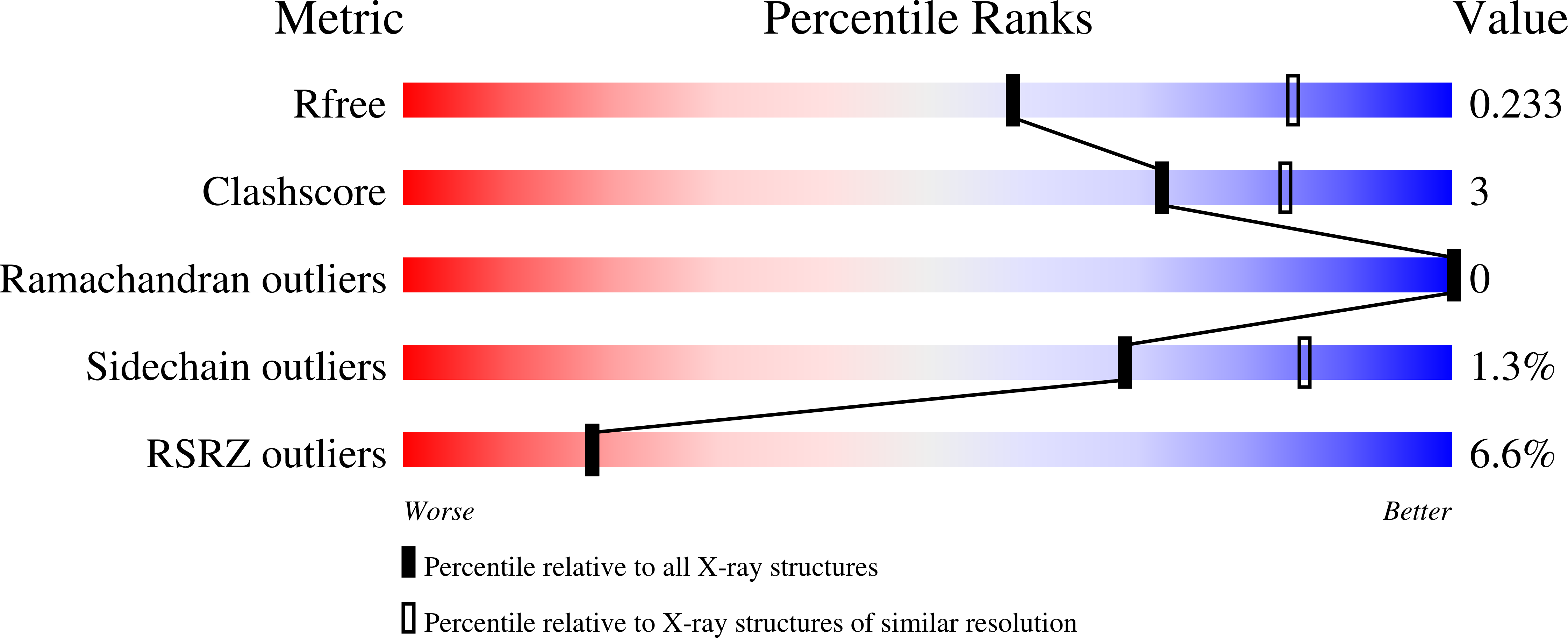
Deposition Date
2022-08-18
Release Date
2023-05-10
Last Version Date
2023-10-25
Entry Detail
PDB ID:
8E4F
Keywords:
Title:
Crystal structure of dihydrofolate reductase (DHFR) from the filarial nematode W. bancrofti in complex with NADPH and folate
Biological Source:
Source Organism:
Wuchereria bancrofti (Taxon ID: 6293)
Host Organism:
Method Details:
Experimental Method:
Resolution:
2.47 Å
R-Value Free:
0.23
R-Value Work:
0.21
R-Value Observed:
0.21
Space Group:
P 63 2 2


